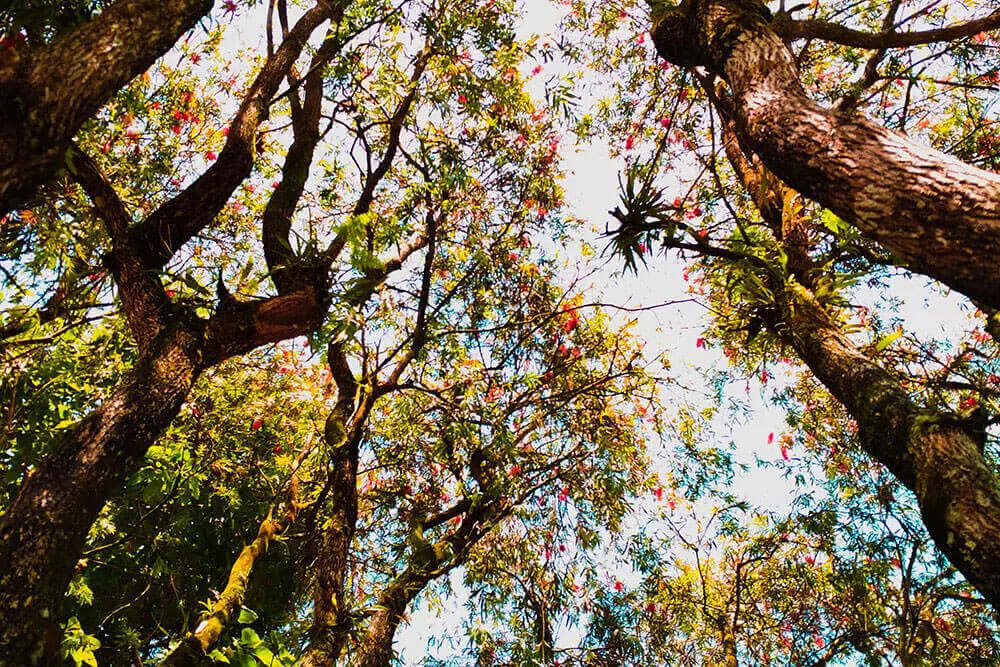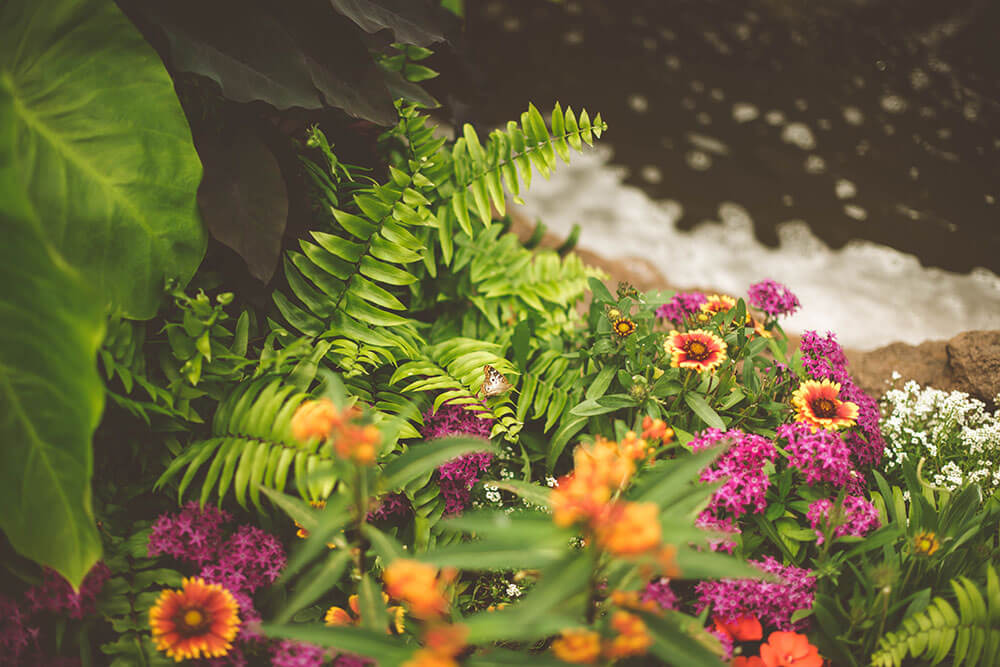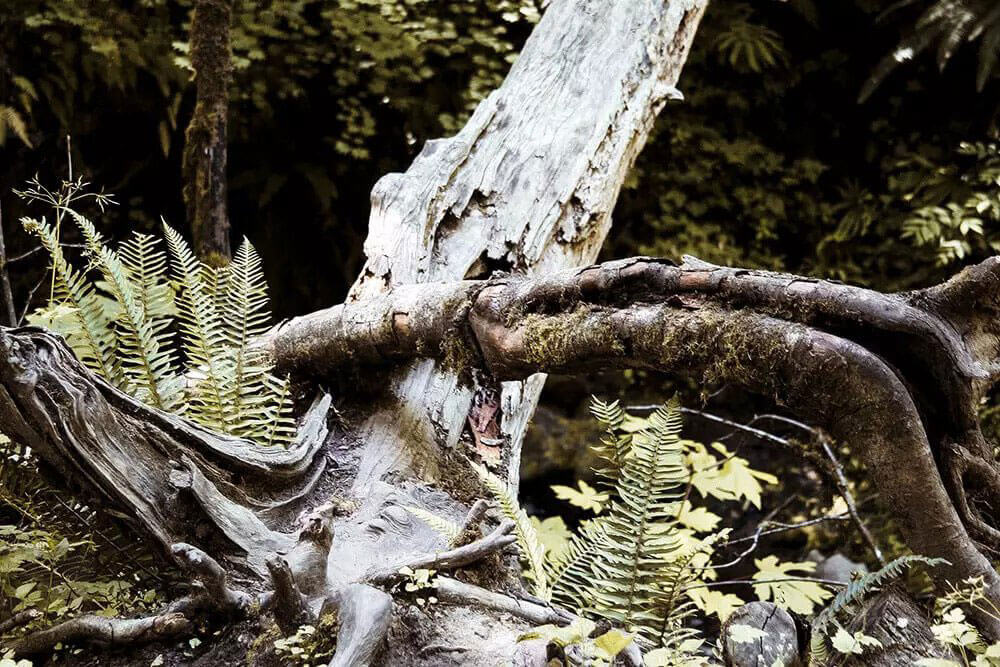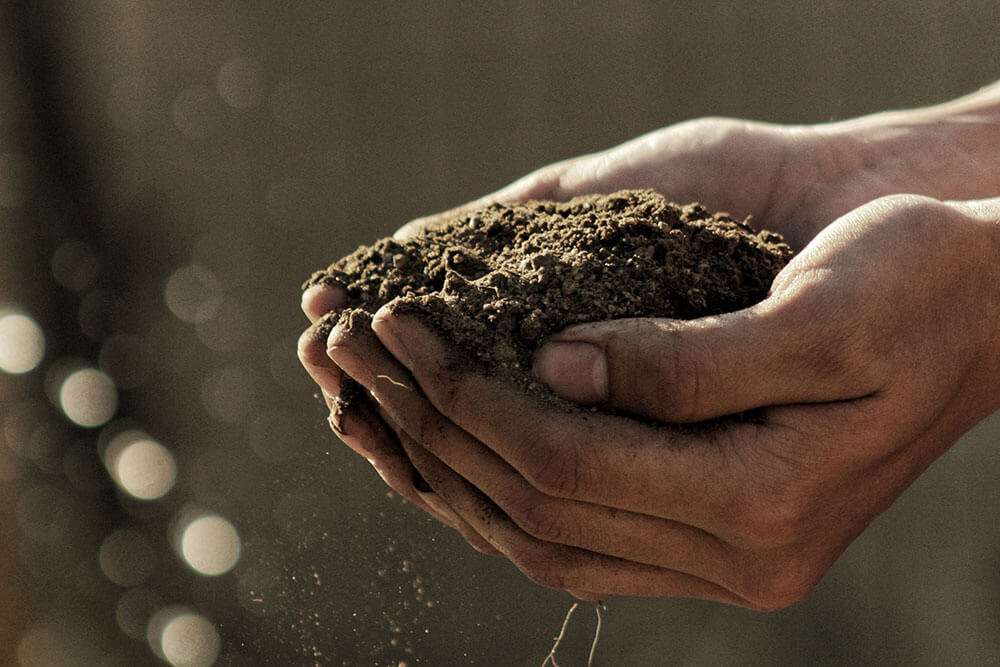What Do Healthy Trees Look Like?
When it comes to landscaping, flowers and shrubs tend to be the stars of the show: they’re a lot more delicate, require more focused care, and tend to grasp attention much more quickly than anything else on your property.
As such, most property owners are likely to make their greatest landscaping investments with flowers, gardens, and shrubbery. Some will even assure they always have a meticulously tailored lawn.
In most cases, trees are relegated to the perimeters of a property and many people understandably assume that they take care of themselves. However, during dry seasons, you actually should ensure they are watered almost weekly.
While they can be easy to ignore, the savviest property owners and managers are keenly aware of the health of the trees on their property.
Not sure where to start when it comes to evaluating the trees on your property? Look no further for the answers you’ve been seeking!
Here’s everything you need to know.
-
Full, Healthy Leaves
Hopefully this one is a bit of a no-brainer. All trees will undergo natural cycles of dropping their leaves in the fall and remaining dormant in the winter, but a tree that doesn’t regrow in the spring and summer is a sign of a dead or dying tree.
Your healthy trees should have full, colorful leaves with every new season; if not, it may be time to call a local arborist for a check-up.
-
Trunk (or Central Leader)
In the best circumstances, your healthiest trees will have one single trunk and it will split off into branches close to the top. If your trees do not have a strong central leader, and it splits off into multiple trunks, this is the sign of a weak or damaged tree. The healthiest trees will have a strong base off of which smaller branches will stem.
-
Strong Bark
It can be helpful to think of bark on a tree as similar to your own hair. In times of stress or nutrient-deficiency, our hair tends to fall out at a greater rate than what is normal, indicating that we may have a health problem at the time.
In the same way, a tree’s bark should be strong, not brittle or crumbling. Bark that remains strong on the tree’s trunk is a sign that your tree is in good health. Strong bark does not crumble and is free of moss and mold.
-
Growth Over Time
It doesn’t take a landscaping professional to know that plants should be growing over time. If you’re curious as to whether or not your trees are healthy, it may be prudent to check their growth every season.
While long-term growth can be difficult to detect if you haven’t been tracking your trees, a landscaping professional can help you devise measures to evaluate your trees’ growth.
-
Branch Health
One final method to verify tree health is through examining branches. Certainly, branches that have fallen to the ground are likely to be brittle and dry since falling usually indicates that they are already dead.
Check the branches that remain on your tree to determine your tree’s health. In the case of a healthy tree, peeling back a bit of the bark should reveal green-ish flesh beneath.
In any circumstance, healthy trees are crucial, not only to maintain the beauty of your landscape, but also to prevent the catastrophe that accompanies trees that fall.
Especially if you suspect that your trees may not be in perfect health, hiring landscaping services is a crucial first step.
Hiring Landscaping Services
Our landscaping experts have the experience and skills necessary to help you devise the best ways to protect and beautify your landscape. Our technicians know just how to get you the biggest bang for your buck and add value to your home’s aesthetic while keeping your property safe.
From lawn mowing to tree removal, the landscaping professionals at The Parke Company have the experience and the skills to handle lawn problems and answer your landscaping services questions. Let us meet the unique needs of your property and bring your design dreams to life.
Give us a call (615-350-6033) or contact us online today to see how The Parke Company difference can work for you.
